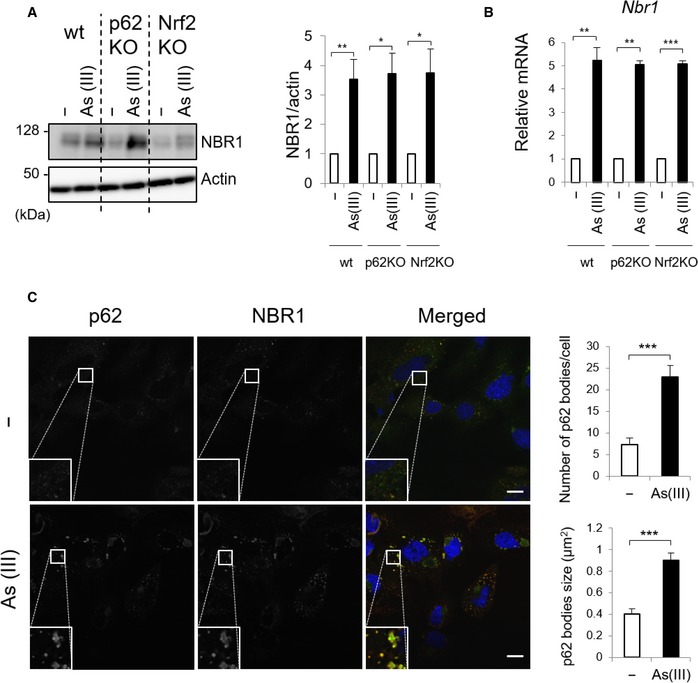Figure 6. NBR1 is induced by oxidative stress.

- Immunoblot analysis. Primary hepatocytes were isolated from wild‐type (wt), p62 f/f; Alb‐Cre (p62KO) and Nrf2 f/f; Alb‐Cre (Nrf2KO) mice. The hepatocytes were challenged with 10 μM sodium arsenite [As (III)] for 12 h. Cell lysates were prepared and subjected to immunoblot analysis with anti‐NBR1 and anti‐actin antibodies. Data shown are representative of three separate experiments. Bar graphs indicate the quantitative densitometric analysis of the indicated proteins relative to actin. Data are shown as means ± SE. *P < 0.05 and **P < 0.01 as determined by Welch's t‐test.
- Real‐time PCR. Total RNAs were prepared from primary hepatocytes described in (A). Values were normalized against the amount of mRNA in each non‐treated hepatocytes. The experiments were performed three times. Data are shown as means ± SE. **P < 0.01 and ***P < 0.001 as determined by Welch's t‐test.
- Immunofluorescence microscopy. Primary hepatocytes isolated from wild‐type mice were challenged with 10 μM sodium arsenite [As (III)] for 12 h and then immunostained with anti‐p62 and anti‐NBR1 antibodies. Each inset is a magnified image. Bars: 20 μm. The number and size of p62 bodies were measured in more than 100 cells. Data are shown as means ± SE. ***P < 0.001 as determined by Welch's t‐test.
Source data are available online for this figure.
